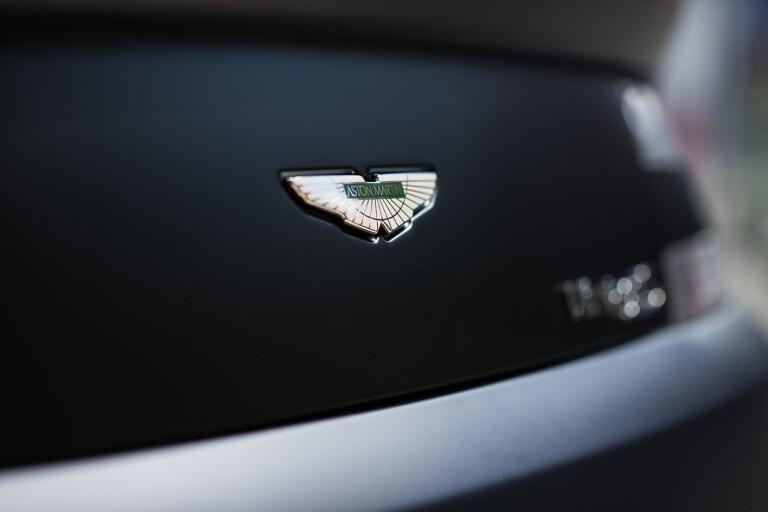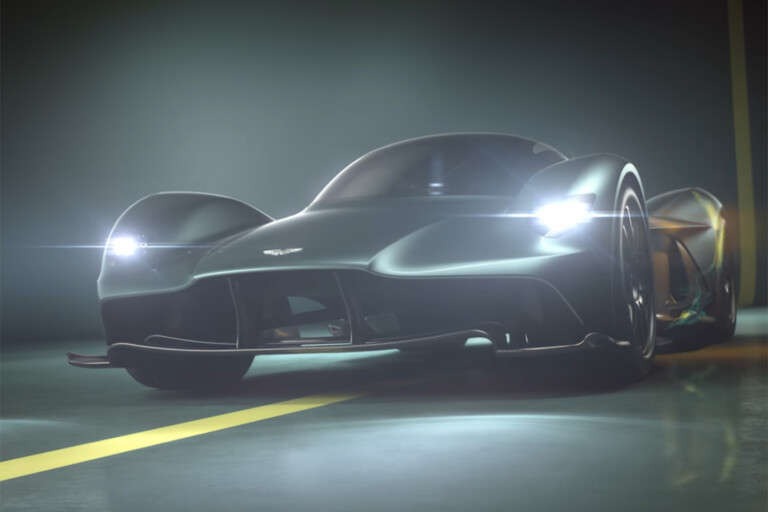
Aston Martin CEO Andy Palmer has laid bare his company’s future product plan, detailing the six new models that are set to follow in the footsteps of the box-fresh DB11 - all of them due to debut before the end of 2022.
Palmer, who has occupied the corner office at Aston’s Gaydon headquarters for two and a half years after a long stint as Nissan’s planning chief, announced the company’s ‘Second Century’ plan five months after his arrival at Aston. However it’s only now that Palmer has given clarity on what to expect.
And we can expect a lot – in fact, we can expect the greatest product expansion in the history of the marque. There will be seven new models in all, with an all-new vehicle hitting the market every year.
The Aston Martin DB11 has already kicked off the “Core Strengthening” product-driven phase of the Second Century plan, having launched last year as the first of Aston’s new breed of road-going sports cars. A V12-only model for now, the DB11 range will be bolstered soon with the arrival of a V8-engined variant using an AMG sourced twin-turbo 4.0-litre.

An all-new Vantage will follow, likely debuting late this year (potentially at the LA Motor Show in deference to the USA’s status as Aston’s number-one market) as a 2018 model. So far it appears it will be V8-only, though a successor to the V12 Vantage may eventuate later in the product cycle – as it did with the current-gen Vantage.
The replacement for the Vanquish will make its debut in 2018. Transitioning onto the DB11’s new-generation aluminium architecture and taking power from a development of that same car’s similarly-fresh V12, the Vanquish will be positioned as the flagship front-engined coupe in Aston Martin’s stable.
The DBX is next off the rank in 2019, and will break new ground for Aston as its first SUV-style vehicle – or crossover, as the company prefers to term it. Powertrains have yet to be confirmed, but could run the gamut from plug-in hybrid, V8 and V12. 2019 will also see the Rapide transition from V12 to all-electric power.
The year 2020 will see the arrival of Aston’s first-ever global mid-engined supercar. The as-yet un-named vehicle (Aston refers to it simply as “car number five”) will be built in volume to take on the Ferrari 488, McLaren 720S and Lamborghini Huracan.

It’s new territory for Aston. Besides the Valkyrie hypercar that was officially christened at Geneva this month, Aston Martin has limited experience with road-going, mid-engined sports cars. Remember the Aston Martin Bulldog? Of course you don’t, it was a one-off and it was built in 1979. Car Number Five will be a far less bespoke thing, and will be sold globally as well.
Beyond the mid-engined Car Number Five, Aston Martin will revive the Lagonda nameplate with two new distinct models. One due in 2021, the other a year later.
Lagonda as a nameplate has been around for a long time, but it’s been many moons since a production Lagonda has been offered globally. The Lagonda Taraf doesn’t count – with a million-dollar pricetag and 200-car production run destined for just a handful of markets it was awfully niche, even for an Aston. These Lagondas, both expected to be upper-luxury four-doors pitched squarely at Bentley and Rolls-Royce customers, will be global models.
In 2023 the DB11 will celebrate its seventh birthday by entering retirement. At that point its successor will launch and the whole one-new-car-per-year model cycle will repeat again. Factor in the two special-edition variants of existing models that Aston plans on releasing each year, and the product cycle will run at a cadence of a new car every nine months.

And while Aston Martin has only made a profit for just two years in its 104-year history, Palmer’s plan to ensure a steady stream of new cars is intended to make the company self-sufficient for years to come.
The effect on the company’s bottom line should be profound as well. Total yearly production will be capped at 7000 cars to maintain brand exclusivity, but that’s nevertheless a huge increase over the brand’s 2016 production tally of 3700 cars.
“We’re now a car company with tempo,” Palmer said.
“We’re now a car company that’s generating enough money from the launch of its new cars to then invest in its next car, and the next car, and the next car.
“That’s not a car company that’s going to go bankrupt, that’s a car company that’s sustainable, and that’s ultimately what the ‘Second Century’ plan is all about.”

COMMENTS